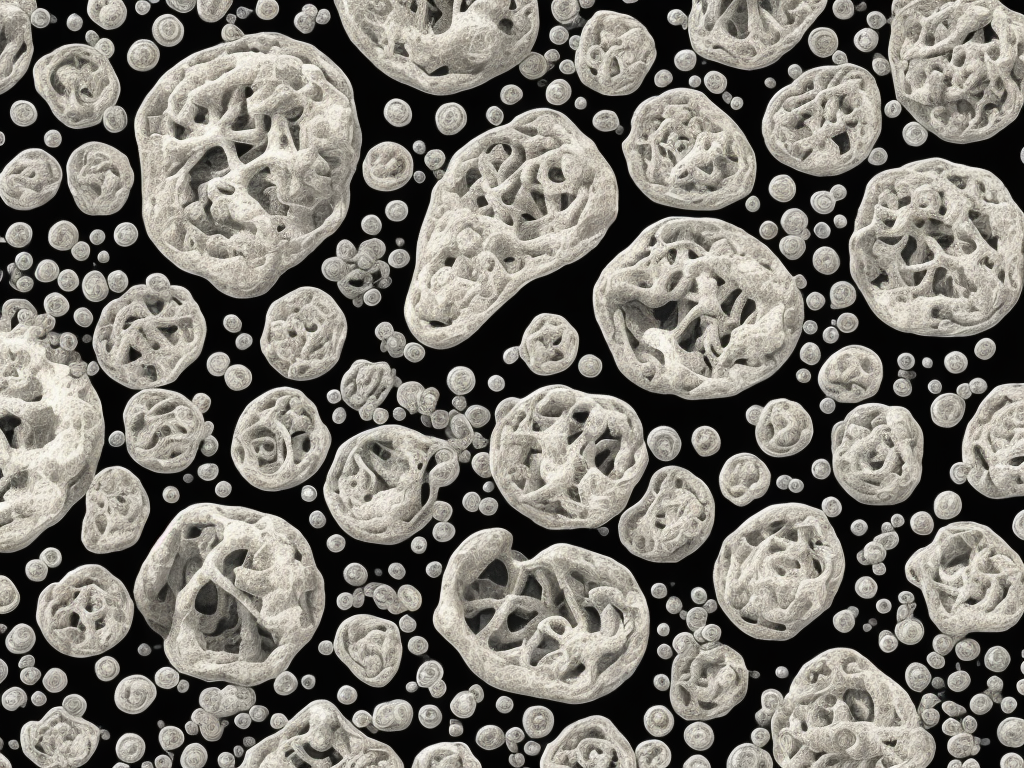
The genetic code is the set of instructions that determines the specific sequence of amino acids to be used in the synthesis of a protein. It is composed of a sequence of nitrogenous bases in the DNA molecule. The genetic code is read by molecules called transfer RNA (tRNA) which carry specific amino acids to the ribosomes, where protein synthesis occurs. In order for tRNA to correctly match a specific amino acid to the appropriate codon in the mRNA molecule, it has to possess a complementary sequence of bases called an anticodon. To better understand the difference between codon and anticodon, let's delve deeper into their characteristics and functions.
Firstly, let's explore the concept of codons. A codon is a sequence of three nitrogenous bases (adenine, cytosine, guanine, and uracil) that specifies a particular amino acid or acts as a stop signal during protein synthesis. Codons are located on the messenger RNA (mRNA) molecule, which is synthesized during the process of transcription. The mRNA molecule carries the genetic information from the DNA in the nucleus to the ribosomes in the cytoplasm, where protein synthesis occurs.
The genetic code is degenerate, meaning that multiple codons can code for the same amino acid. For example, the amino acid serine can be encoded by six different codons: UCU, UCC, UCA, UCG, AGU, and AGC. However, each codon only codes for a specific amino acid or acts as a stop signal, and no codon codes for more than one amino acid. This specificity and degeneracy of the genetic code allow for the versatility and efficiency of protein synthesis.
Now, let's move on to the role and characteristics of anticodons. An anticodon is a sequence of three nitrogenous bases that is complementary to a specific codon on the mRNA molecule. Each tRNA molecule carries a specific anticodon that matches a specific codon. The anticodon region is located on one end of the tRNA molecule, while the other end carries the appropriate amino acid corresponding to the anticodon.
The anticodon plays a crucial role in ensuring the correct pairing of amino acids with their corresponding codons during protein synthesis. The anticodon binds to the codon on the mRNA molecule through base pairing interactions. These interactions follow the rules of complementary base pairing, where adenine (A) pairs with uracil (U) and cytosine (C) pairs with guanine (G).
For example, if the codon on the mRNA molecule is UCU, the corresponding anticodon on the tRNA molecule would be AGA. The pairing of the codon and anticodon allows the amino acid carried by the tRNA molecule to be added to the growing polypeptide chain during protein synthesis.
The specificity of the pairing between the anticodon and the codon is crucial for accurate protein synthesis. If an incorrect amino acid is added due to a wrong pairing, it can lead to errors in protein structure and function. Therefore, the presence of specific anticodons on tRNA molecules ensures the fidelity and accuracy of protein synthesis.
In summary, the difference between codon and anticodon lies in their location, composition, and function. Codons are sequences of three nitrogenous bases found on the mRNA molecule that specify a particular amino acid or act as stop signals during protein synthesis. In contrast, anticodons are sequences of three nitrogenous bases found on tRNA molecules that are complementary to specific codons. The pairing between the codon and anticodon ensures the accurate and specific pairing of amino acids during protein synthesis.
As we deepen our understanding of the intricacies of the genetic code and the processes involved in protein synthesis, we gain valuable insights into the fundamental mechanisms of life. The interplay between codons and anticodons highlights the elegant nature of the genetic code and how it translates the blueprint of life into the complex and diverse realm of proteins.
 Self-Instruct
Self-Instruct